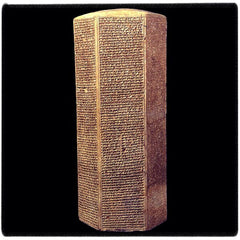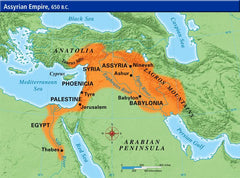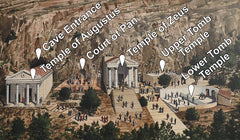Your cart is empty now.

Amazing Eyes
Unfortunately you cannot access Margaret Helder’s article Optically Excellent online. In order to read the article you will have to find a copy of the September 15, 2015 Reformed Perspective. The article begins by explaining the complexity of the human eye. Even unbelieving scientists have to admit the implausibility of the human eye being the result of an evolutionary process governed by chance. The article demonstrates that the scientific case for evolution (in which “kinds” slowly evolve into other “kinds”) is further invalidated when the human eye is compared to the eyes of other creatures. Part of the argument is that if it is implausible that evolutionary change governed by chance produced one kind of complex eye, it is all the more implausible that such evolutionary change is responsible for producing a variety of complex eyes. But the main thrust of the article is that the similarity of the eyes of creatures that are otherwise quite dissimilar is a heavy blow against the theory of evolution even from a scientific perspective.[1]
Helder describes the eyes of octopi, squid, underwater worms, box jellyfish, and warnowiid dinoflagellates (?!). The point she makes is that it is difficult for those who subscribe to the theory of evolution to explain how these creatures with very different bodies have very similar eyes (which she explains are “camera-style eyes”). In conclusion she writes,
In the course of this survey of creatures with camera-style eyes we have observed that (apart from vertebrates), the possessors are rare specimens of diverse body plans. Obviously there was no line of descent linking them all—these creatures are too different to even contemplate such an idea, and everybody agrees on that. Instead mainstream scientists contemplate the separate surprising appearance of the same blueprint/design for an eye in wildly different organisms by means of an unguided evolutionary processes. In the cases that we have discussed, the lifestyles are not even remotely similar solutions, especially through chance processes.
Other people (like us) conclude that a conscious choice was made to confer the same design feature on these diverse creatures. What we see is common design (conscious choice by the Creator) rather than descent with change from a single ancestral population (common descent) or separate spontaneous appearances in diverse creatures. God can bestow what features he likes on whatever creatures he so desires. There does not have to be a pattern or reason why these creatures are the way they are. When we see these examples of the work of God, our appreciation of the creation becomes more profound.
_____________________
[1] I decided to write this post this after reading this post by Charles Terpstra about the human ability to read.
_____________________
Our blog writer is Rev. Clayton Spronk, pastor of Faith Protestant Reformed Church in Jenison, MI. If there is a topic you'd like Rev. Spronk to address, please contact us.
The content of the article above is the sole responsibility of the article author. This article does not necessarily reflect the opinions and beliefs of the Reformed Free Publishing staff or Association, and the article author does not speak for the RFPA.

Donate
Your contributions make it possible for us to reach Christians in more markets and more lands around the world than ever before.
Select Frequency
Enter Amount










